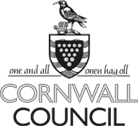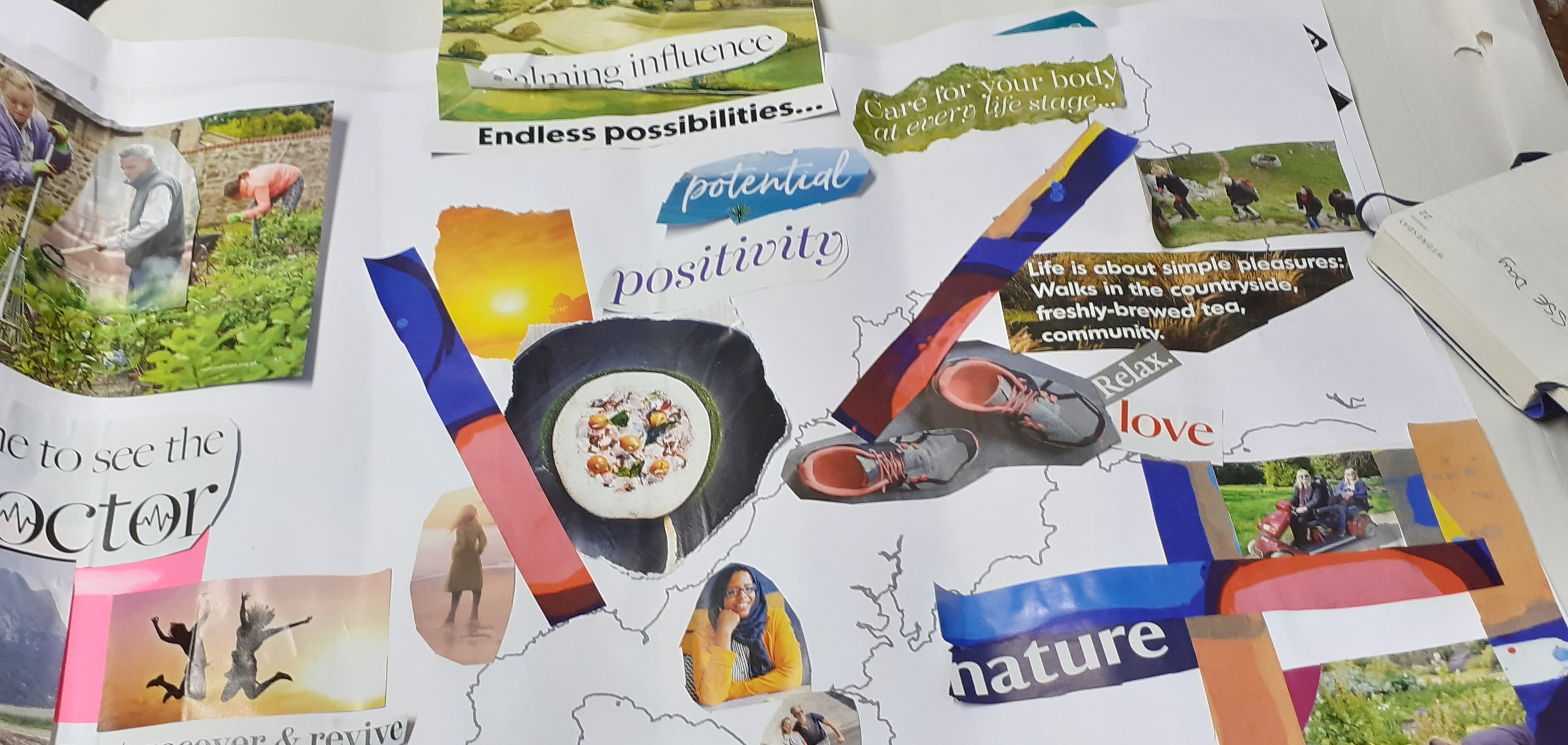Creative, Health and Wellbeing Partnership

The Creative Health and Wellbeing Partnership for Cornwall and Isles of Scilly is funded by Cornwall Council (the Culture & Creative Partnerships and Public Health Teams)
Our Partnership vision is one in which a vibrant and thriving creative and cultural sector is making a significant, widely-recognised and sustainable contribution to the health and wellbeing of individuals and communities in Cornwall and Isles of Scilly.
In 2019 Cornwall Council’s Culture and Public Health teams jointly commissioned the development of a Creative, Health and Wellbeing Partnership for Cornwall and Isles of Scilly. This was in recognition of the valuable role played by the creative and cultural sector in improving health and wellbeing of individuals and communities. Arts Well, a Cornish social enterprise which champions the role of the arts, culture and creativity in improving health and wellbeing, was commissioned to establish the Partnership and the inaugural meeting was held in January 2020.
You can find up to date information about the Partnership on the Let’s Talk Cornwall website here.
Purpose
To improve the health and wellbeing of individuals and communities in Cornwall and Isles of Scilly through the provision of a range of accessible, high-quality, sustainable creative and cultural opportunities available to all, with a particular focus on reducing health inequalities, improving mental wellbeing and reducing loneliness and isolation.
To ensure that these opportunities maximise the benefits of the natural environment of Cornwall and Isles of Scilly and respond to the climate emergency and the Covid-19 pandemic and its aftermath.
To build a vibrant network of organisations and individuals to support and deliver these opportunities, in a culture of continuous improvement and learning.
To recognise and celebrate the great work on arts and health which is already delivered by self-employed creatives and cultural organisations all over Cornwall.
To grow awareness and understanding amongst the general population and within health and social care organisations that ‘creativity is good for you’ based on evidence.
To enable collaborations between health providers, creatives and organisations to ensure strategic thinking and unlock funding opportunities.
Aims
Maximise the contribution through specific targeted programmes and through embedding creative approaches in a wide range of strategies, including, but not limited to, the Health and Wellbeing Strategy for Cornwall and Isles of Scilly and Cornwall’s Creative Manifesto;
Facilitate improved commissioning of creative health and wellbeing programmes and activities;
Develop the capacity (resources, skills, knowledge) of the creative and cultural sector to participate in local health and wellbeing priorities;
Horizon-scan for opportunities to improve local practice, lever in additional investment and grow the contribution of the creative and cultural sector in improving health and wellbeing;
Develop and support research (including action research) to add to the growing evidence base for creative health and wellbeing programmes and activities;
Advocate for the role of arts, culture and creativity in improving health and wellbeing of individuals, groups and communities;
Connect individuals, organisations, systems and processes to inform and improve creative health and wellbeing policy and practice.
Partnership model

Partnership model
The diagram above shows how the Partnership will work and the relationships between various elements of the Partnership as it develops.
The overall Partnership comprises anyone who wants to join in achieving the vision and aims of the Partnership.
The Partnership Board comprises members who are representative of organisations across health, wellbeing, community, creative and cultural sectors. The role of the Board is to oversee the work of the Partnership, acting as an ambassador and communicator of its work to their own organisation and wider networks. The Board will report on the work of the Partnership to the Health and Wellbeing Board for Cornwall and Isles of Scilly.
Partnership members have opportunities to actively engage with the work of the Partnership in a number of ways:
Place based networks
Each place-based network would hold network meetings, either online or face to face, to draw together work happening in their area, spot opportunities and share good practice. Each network would be supported by a local ‘ambassador’ whose role it would be to ensure two-way information flow between the network and the wider Partnership.
Project teams
Using a model of distributed leadership, working groups will be established to take forward particular issues led by members of the Partnership, with enabling support. So if a member has an idea about, for example, how to develop innovative intergenerational creative engagement they could approach the Partnership with that idea and be supported to take it forward. That support might be in the form of a small amount of enabling funding, assisting them with contacts and others who can help, signposting them to resources and other sources of expertise and information, providing guidance.
The Partnership Board may also establish working groups, inviting people to lead them, on priority areas identified by the Board.
Themed interest groups (TIGs)
These would be groups focusing on particular themes of work which might be particular target groups e.g. children, young people; people with protected characteristics, or topic areas such as workplace wellbeing, dementia care. TIGs might operate exclusively online or may hold meetings or events. The purpose of the TIG would be to capture current work and good practice, highlight gaps and opportunities and share latest learning and research. Partnership members will suggest the themes and self-manage the TIGs, with enabling support from the Partnership where possible.
Online presence
We are currently looking at options for an online interactive presence for the Partnership, whilst ensuring that we are not duplicating effort and are making the best use of existing platforms.
Initial members were invited to represent the following organisations, with further members to be invited as the Partnership developed.

